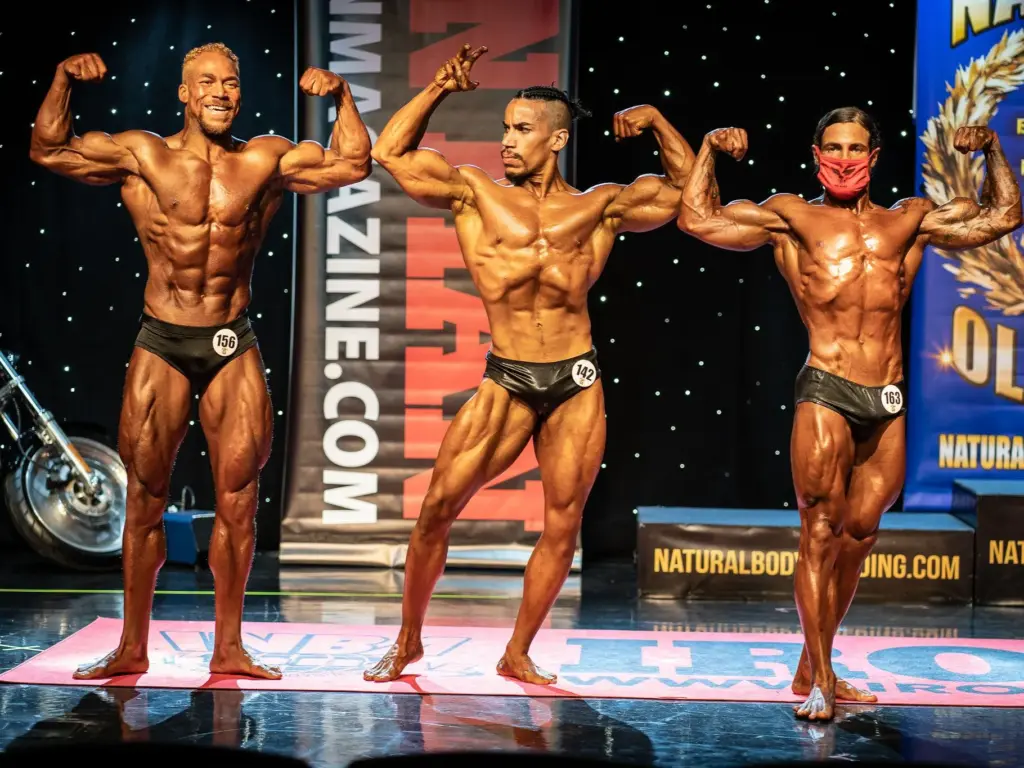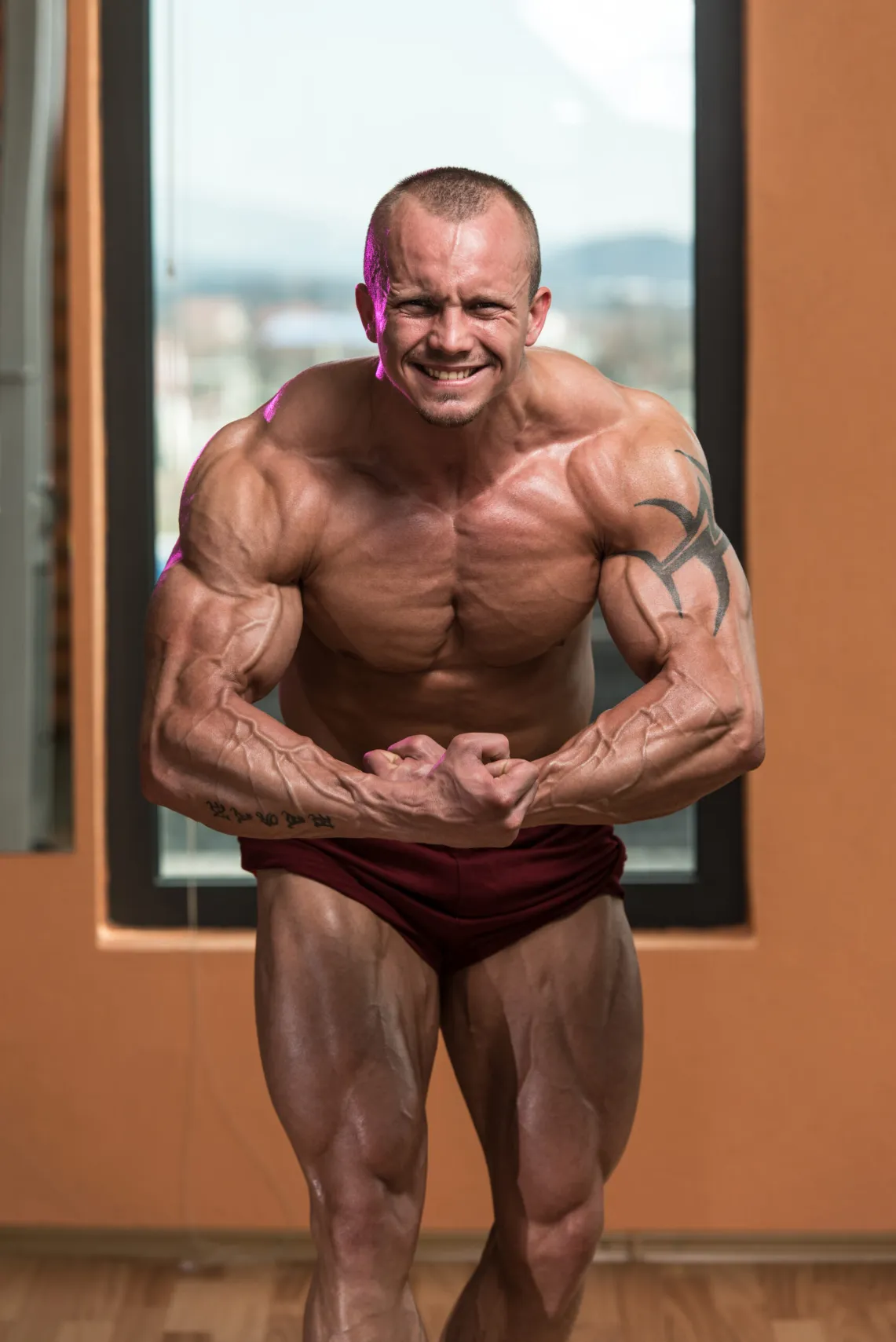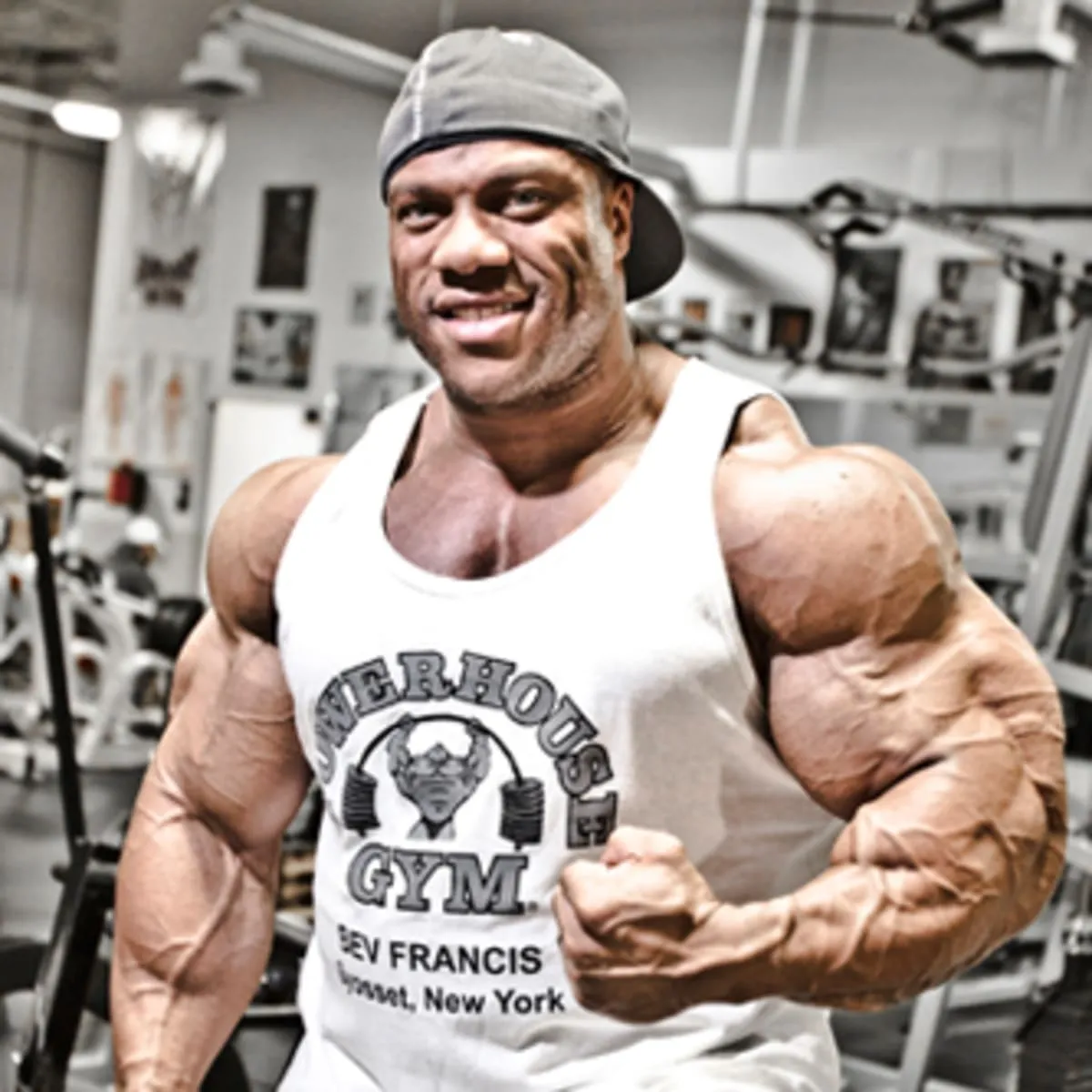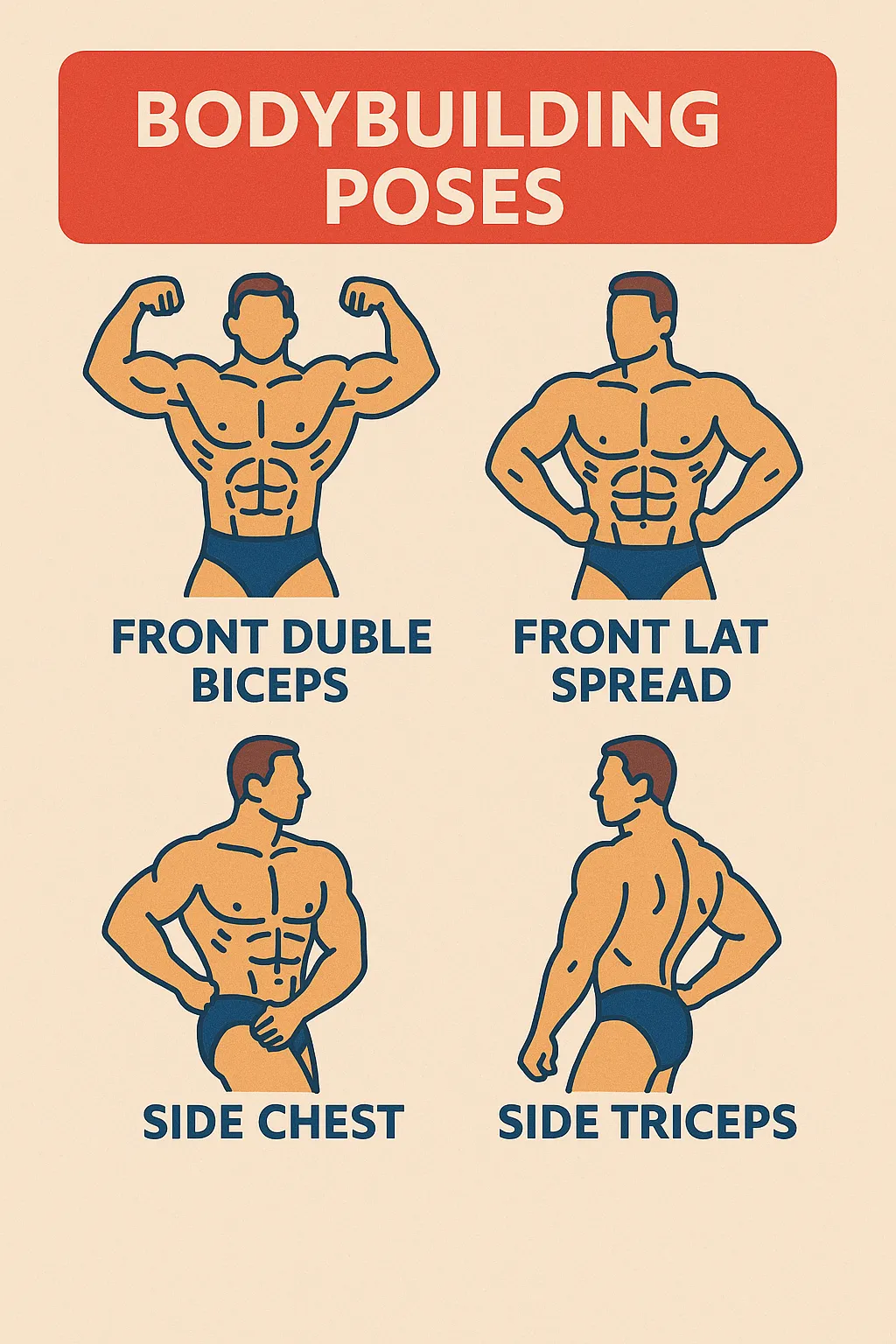If you’re a bodybuilding competitor, don’t even consider it. The moon position, named after the distinctive rear hip hinge posture in which the athlete bends down to “moon” the audience, is one of the few poses you’ll (almost) never see during a modern physique competition.
Not only does the moon posture offend certain members of the bodybuilding community, but it is also officially prohibited by the National Physique Committee, the IFBB Professional League, and numerous other prominent bodybuilding organisations.
The moon posture has a limited history, however it may be traced back to bodybuilder Tom Platz’s career. If you’re familiar with bodybuilding history, you’ll know that Platz is one of the most well-known physique stars of all time, despite never winning the Mr. Olympia competition.
Platz is widely considered as having the most spectacular set of wheels in bodybuilding history. Part of that notoriety is, of course, due to his talent for posing and posture.
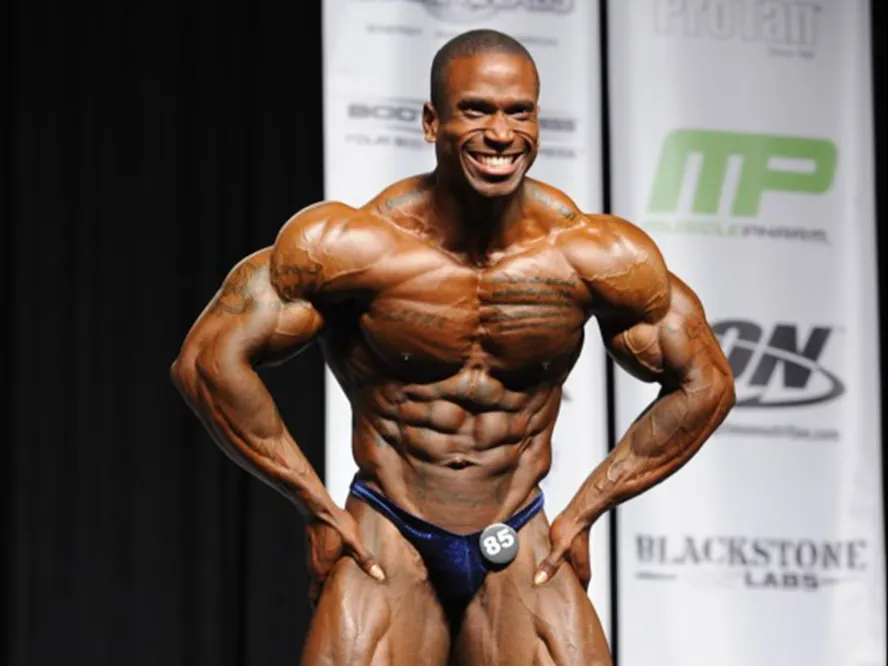
“The Quadfather,” as he is called, popularised the moon stance as a method to show off his carved-marble rear chain. Platz could display every individual striation in his glutes, hamstrings, and calves by folding over from a standing position and facing the audience on his backside.
Ronnie Coleman, an eight-time Mr. Olympia winner, also performed the posture in competition, although he didn’t make it his calling card. Coleman is known for having one of the best overall backsides in bodybuilding; his extreme muscularity made him an ideal choice for the moon posture.
The moon stance is also very similar to yoga’s forward fold stretch, in which the practitioner bends at the waist and tries to wrap their arms around their calves or touch the ground with their hands. This stretch not only targets the muscles in the back leg but also stretches the soft connective tissues surrounding the ankle and knee.
Dark Side of the Moon (Pose)
In a sport that celebrates the shape and condition of the human body, it may appear odd to prohibit a stance that effectively reveals a substantial amount of the body. Regardless, bodybuilding federations have taken a stand against athletes performing the act onstage.
Some in the bodybuilding community believe the position is excessively rude or inappropriate. It’s possible that bodybuilding organisations desire to minimise any unwanted attention that the world’s most muscular men may unwittingly attract by exposing themselves so completely in little more than posing trunks.
There is little formalised logic for forbidding the moon posture on stage, however, some competition laws classify it as a “lewd act.”
[Related: Top Pre-Workouts]
Regardless, there are countless additional poses in bodybuilding that more than amply highlight the muscularity and definition of the glutes, hamstrings, and calves; bodybuilders are judged from head to toe during poses like the back double biceps.
The moon position, while flamboyant, may also be deemed unnecessary in this context. It’s not the only method to show off your legs.
What Are the Mandatory Bodybuilding Poses?
Make no mistake: elite physique athletes were never ordered to perform the moon position on stage. Bodybuilders are frequently allowed to do freestyle posing routines, and some athletes use this chance to express their personality or artistic vision through the display of their physiques.
However, the Men’s Open and 212 divisions of the IFBB Pro League need eight further diverse positions that, in altogether, display just about every last muscle fibre on the body:
Side Triceps
The side triceps posture emphasises the muscularity of the arms, chest, and shoulders. The athlete assumes a perpendicular or three-quarters stance towards the judges and wraps their arms behind their back, abruptly straightening their elbow to flex the triceps brachii.
Side Chest
The side chest position is identical to the side triceps, but demands a completely perpendicular stance. To show the size, shape, and definition of the pectorals (and arms), the bodybuilder bends the arm nearest to the judges and presses their far arm into their torso to flex the pecs.
Rear Lat Spread
The back width and silhouette are assessed during the rear lat spread. Athletes will stand away from the judges and stretch their latissimus dorsi muscles as wide as possible, forming the desirable “V” shape from shoulder to hip.
Judges frequently analyse the contour and proportion of the lower body during the rear lat spread, which includes the same muscles displayed in the moon posture.
Back Double Biceps
Bodybuilders use the back double biceps stance, which is similar to the lat spread, to showcase the size of their arms, shoulders, and upper back. Athletes will also “spike” one of their legs, driving their toes firmly into the floor to tension their calves and glutes.
Front Double Biceps
Frontal postures, such as the double biceps, highlight a bodybuilder’s whole physique. Athletes raise their arms, clench their biceps, flatten their tummies and tighten their quadriceps all at once.
Front Lat Spread
The front lat spread pose shows back width and thickness from the front. Athletes assume a stance similar to the rear lat spread, but add some ab and thigh flexion.
Abdominal & Thigh
The Abdominal & Thigh posture is used by bodybuilders to showcase their abdominal and leg muscles. They elevate their arms out of the way, place them behind their heads, clench their abs down to reveal every cut and crack, and then flex their quadriceps and calves equally.
Most Muscular
The most muscular position allows a contender to show off their muscular size. It is also a somewhat interpretative technique, allowing the athlete to flex their entire body in a variety of positions.
Some sportsmen stand upright, arms flaring and entire body tight. Others will lean forward and clasp their hands together to contract their arms while also revealing their trapezius muscles. The most muscular position is considered the athlete’s masterstroke, allowing them to showcase all of their hard work at once.
Waxing and Waning
If you asked around about the moon posture during a bodybuilding event, you’d most likely get completely diverse answers. Some consider it vital bodybuilding knowledge, while others perceive it as overly brash.
Regardless, the position has been committed to history. Platz and the other moon stance practitioners had long and successful careers in the sport; despite its infamous reputation, the moon pose was far from fatal. It just happened to be a frighteningly effective method of displaying your legs.

